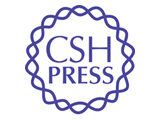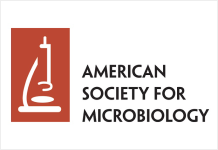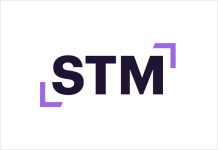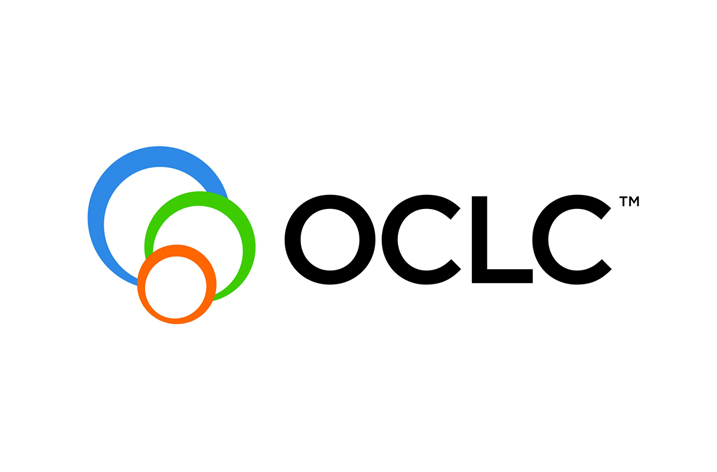
Cold Spring Harbor Laboratory (CSHL) today announced the launch of a new stage in the evolution of life science communication — a new, free service, called bioRxiv (pronounced “bio-Archive”). It is a preprint server that enables research scientists to share the results of their work before peer review and publication in a journal. Posting to the server and reading its contents costs nothing. Each paper is given a citable web address and is indexed by internet search engines. The best part: from submission to posting takes only hours.
Journals remain the arbiters of quality and reliability in the publication of research results. In addition to editorial selection, journals provide peer review, a process in which a paper must pass critical scrutiny by experts and perhaps be revised before being accepted for publication. But peer review comes at a cost: it may take many months for a manuscript to go from submission to publication. With current biology moving ahead at a phenomenal pace, both scientists and the public are left wondering: how much is progress slowed during the review period?
The lag between the submission of a manuscript to a journal and its eventual publication can be particularly frustrating for new and early-career scientists, whose future employment and funding depend on the availability of their work for scrutiny and assessment soon after they get their first research grants.
BioRxiv bridges the gap between cutting-edge discoveries and traditional publication. How does it work? It is modeled after arXiv, a well-established service provided by Cornell University for the physics research community. To post to bioRxiv, an investigator submits an unpublished manuscript through a web portal; bioRxiv accepts submissions from all areas of the life sciences. The manuscript is then passed on to scientists who have agreed to be bioRxiv affiliates. If a paper is deemed legitimate science, it is published on the bioRxiv website where it is freely available to read.
Such preprints are therefore not peer reviewed in the traditional sense – in essence the bioRxiv is a distribution service for manuscripts, not a journal. Instead of traditional peer review, scientists have the opportunity to discuss the merits and weaknesses of a manuscript through web-based, moderated comments or by direct interaction with the author. “Scientists bring skepticism and a critical eye to any form of communication, whether or not it has been formally peer reviewed” points out Dr. John Inglis, Executive Director and Publisher of CSHL Press, one of CSHL’s five education divisions.
“Cold Spring Harbor Laboratory has been an important, not-for-profit center for communication among scientists since the 1930’s” says Inglis. “BioRxiv is the latest step in its evolution, built on the ever-growing importance of digital technologies in all aspects of information transfer.
“We have established BioRxiv in response to an evident desire among many scientists for more collaboration and openness in their work, with the goal of accelerating the pace of discovery in biological science. We look forward to seeing what the community will do with bioRxiv’s capabilities and working with them to improve it.”
























